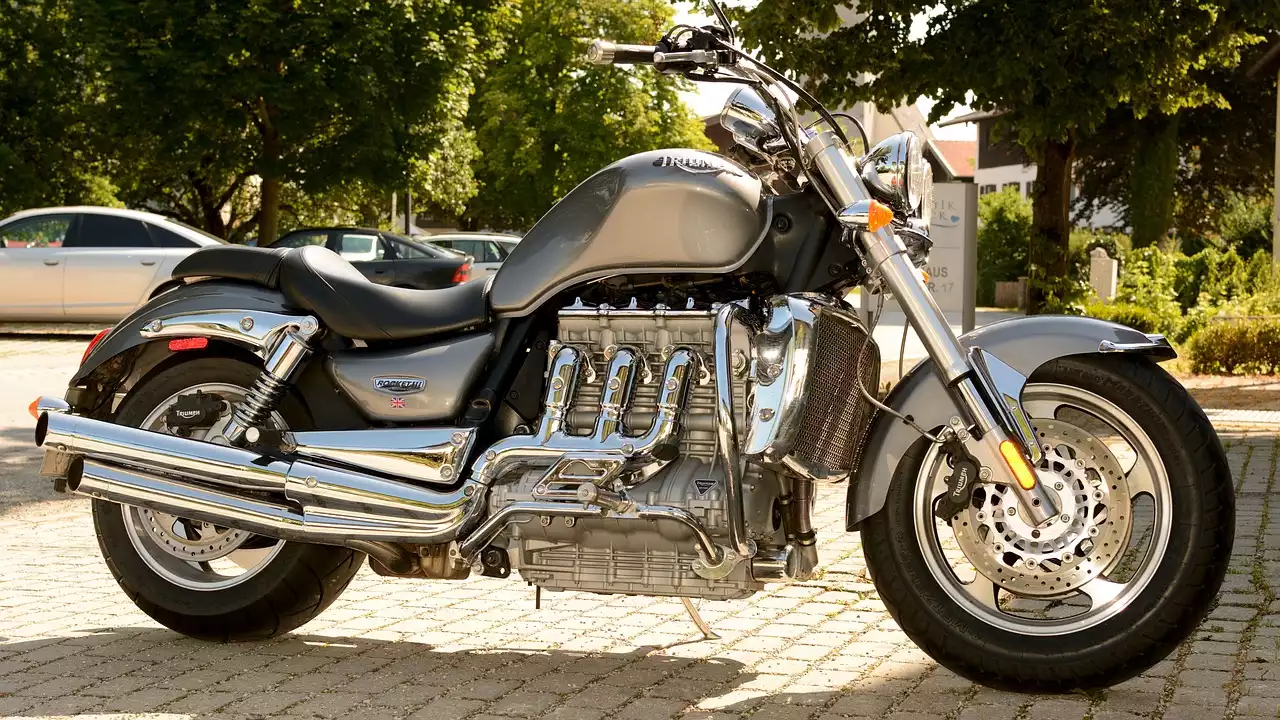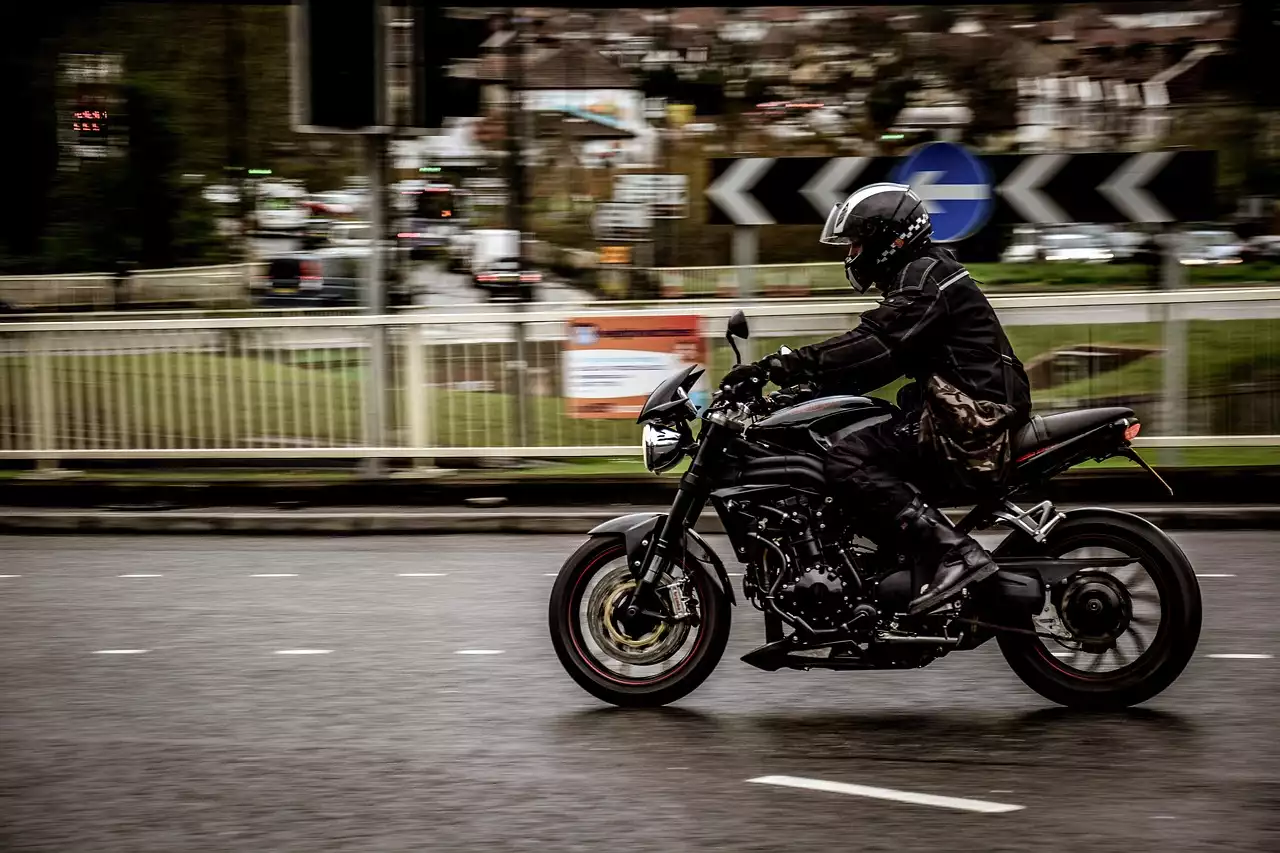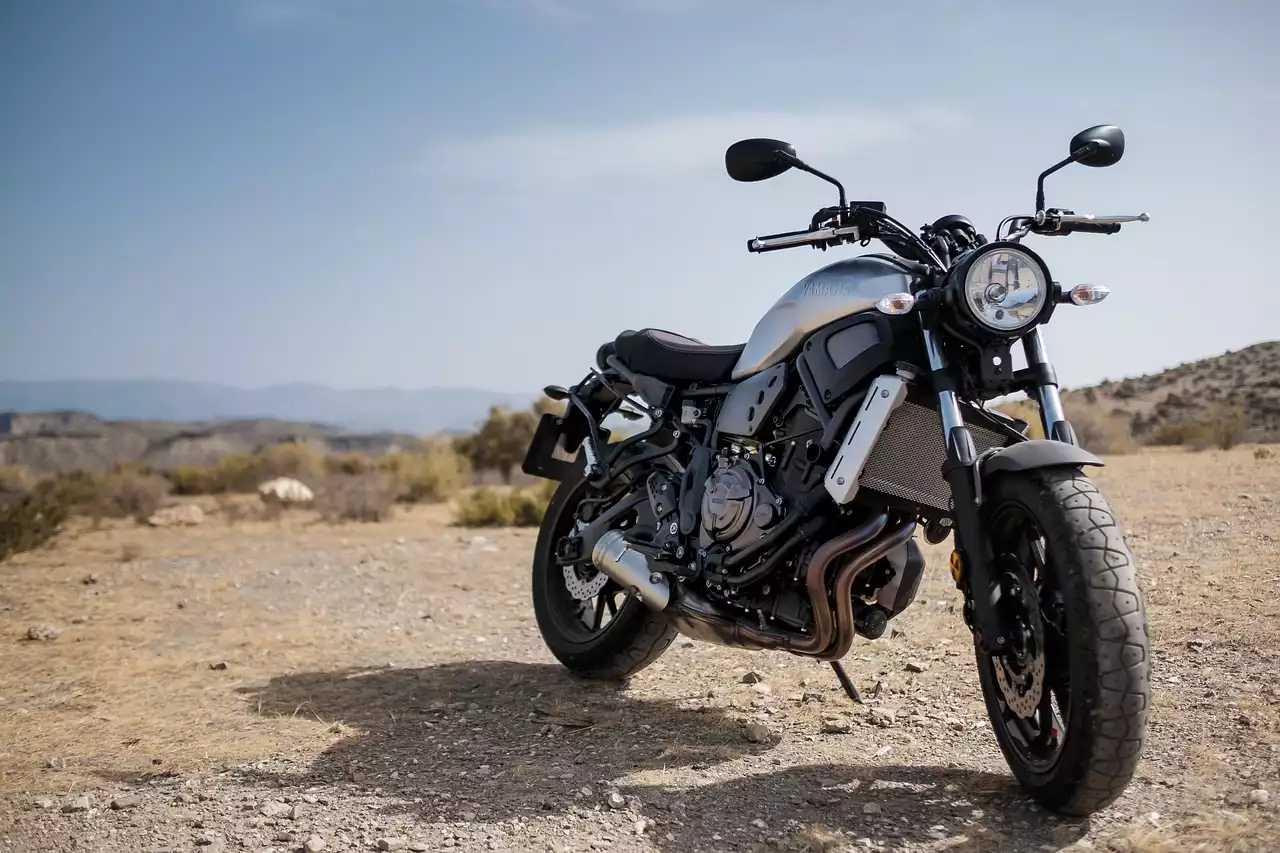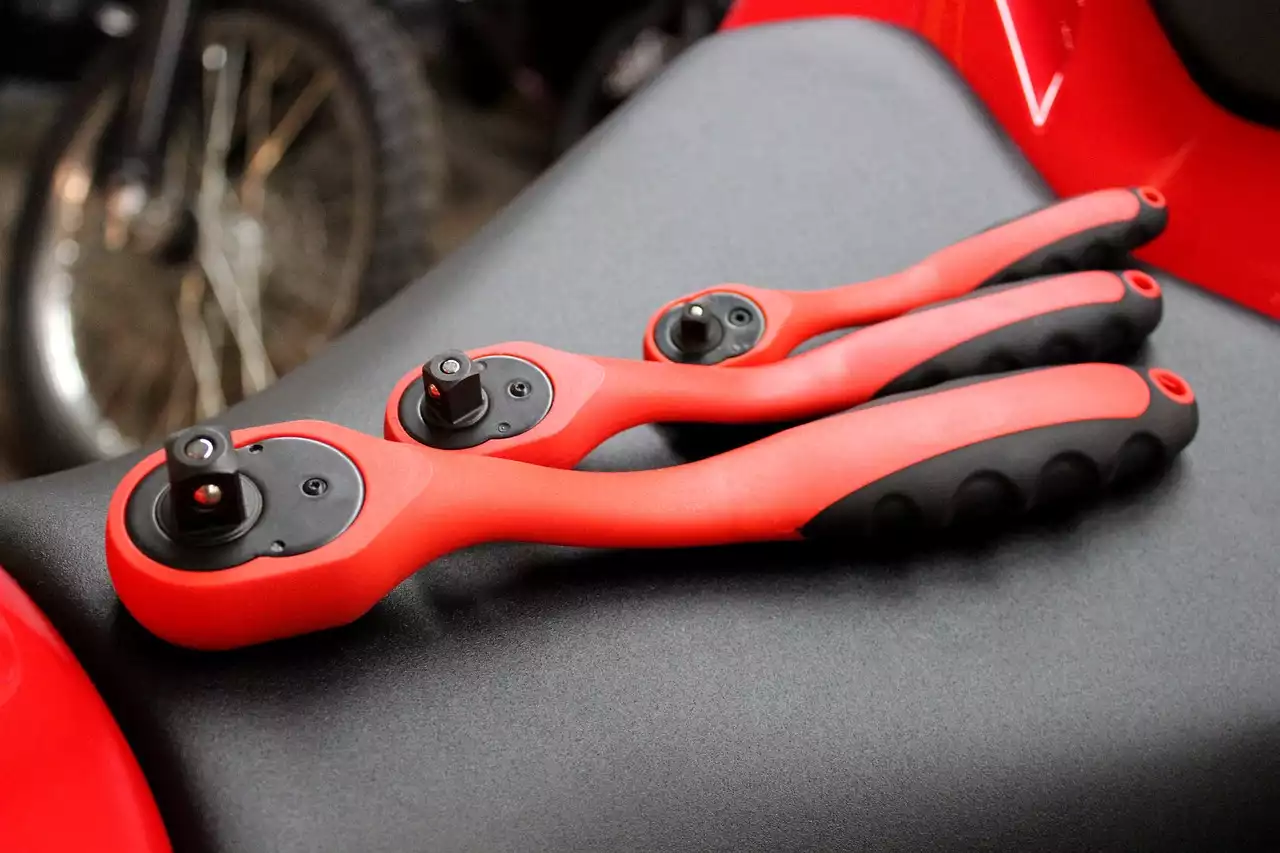Common Motorcycle Repairs
Some of the most common motorcycle repairs include replacing worn tires, fixing broken or worn-out brakes, and repairing or replacing worn-out lights. These repairs can be prevented or significantly delayed with regular maintenance. Motorcycles also require regular oil changes. In addition, most types of bikes need regular electrical maintenance, including replacing worn-out wires and fuses. Other frequent repairs include fixing broken transmissions or clutches and fixing dents or bent panels. These repairs are more specific to certain motorcycles. Some of the most frequent motorcycle repairs can be avoided with proper maintenance. The following sections highlight common maintenance practices that can help keep your bike in good shape throughout its life.
Tires
Tires are one of the most important parts of a motorcycle, and they are also among the most likely repairs. They can wear down quickly and need to be replaced often, especially on bikes used frequently. While most tires last for 6,000 to 10,000 miles, high-performance tires can only be expected to last for about 3,000 miles. Motorcycle tires should be inspected and rotated every 4,000 to 6,000 miles. There are ways to tell when a tire needs to be replaced, including the visual appearance of the tire. The tread on the tire will appear smooth, with little grooving. Tires should also be at the proper pressure. A tire underinflated by 10% or more can wear out three times as quickly as one properly inflated.
Brakes
Brake pads are one of the most common repairs that can be avoided with regular maintenance. Motorcycles typically have a disc brake at the front wheel and a drum brake at the rear wheel, but only the disc brakes need regular maintenance. Drum brakes should be checked only if there is a problem, as they do not require regular maintenance. If disc brakes are not regularly maintained and inspected, they can wear down and become less effective. This can cause the rider to have less stopping power and put them at risk of crashing. Some discs are manufactured with wear indicators that show when the disc needs to be replaced. Drum brakes, however, should be inspected regularly. They should be free of rust and have sufficient grease. If these checks do not reveal any problems, the brakes should be serviced every 5,000 miles.
Lights
Lights are a crucial part of riding, but they are also one of the most likely repairs after a crash. Worn-out lights can be difficult to see and put both the rider and other drivers at risk of a crash. It is recommended that motorcycle lights are replaced every year, or immediately if they are damaged. It is important to check the lights on a motorcycle before every ride. This can help riders identify issues before they become serious and require repairs. Motorists should also pay attention to their surroundings and keep an eye out for other vehicles with faulty lights.
Oil Change
Oil changes for motorcycles should be done more frequently than for other vehicles. This can help prevent the buildup of gunk and extend the lifespan of the vehicle. According to the Motorcycle Safety Foundation, oil changes should be done every 2,500 miles or less. The best way to determine when an oil change is necessary is to follow the owner’s manual recommendations. This will help keep a motorcycle running efficiently and last longer.
Electrical
Electrical issues are common on motorcycles, especially older models. Usually, these issues can be prevented with regular maintenance and attentive riding. Inspecting and cleaning wires, fuses, and connectors can help prevent electrical issues. Motorcycles can also be equipped with devices that warn the rider of potential electrical issues. For example, a stator warning device will sound an alarm when the bike is low on power. This can help riders avoid sudden electrical failures.
Tips for Preventative Maintenance
Some of the most common repairs can be avoided with proper maintenance. Regularly inspecting the tires, brakes, and lights will help riders identify potential issues. Additionally, performing oil changes more frequently than recommended can help extend the lifespan of a motorcycle. Other preventative maintenance practices can help motorcycles run longer and more efficiently. Motorcycles should be stored indoors when not in use to prevent rust and other damage. It is also important to ride safely, following all traffic laws and being mindful of other drivers.
Regularly Inspect Tires
Tires are one of the most important parts of a motorcycle. They are also one of the most likely repairs. Regular tire inspections will help riders identify issues that can be fixed before they become serious. Before every ride, it is important to inspect the tires. This can help riders identify issues before they become serious and require repairs. A visual inspection is the first step. Make sure there are no nails or other debris in the tires. Also, make sure there is adequate tread, and that the tires are properly inflated. Lastly, make sure the tires are balanced. An unbalanced tire can cause a jerky ride and put extra stress on the motorcycle.
Check Brake Pads
Brake pads are one of the most common repairs that can be avoided with regular maintenance. It is recommended that brake pads are inspected every 3,000 miles and replaced once they are less than 1/16 of an inch thick. When inspecting the brake pads, make sure there is a small amount of material left. If there is very little left, the pads need to be replaced. This can be done at home, but it is recommended that only an experienced mechanic replace the pads. Brake fluid should also be checked every 3,000 miles. If it is low or contaminated, it should be replaced. Brake fluid should be replaced at regular intervals to prevent corrosion and other issues.
Replace Lights Regularly
Worn-out lights can be difficult to see and put both the rider and other drivers at risk of a crash. Replacing lights with newer, brighter bulbs is one way to make sure they are as bright as possible. Another option is to replace the lights entirely. This is an especially good idea for some types of lights, including halogens and incandescents, which have a short lifespan. Finally, it is important to keep the lights clean. Dirt and debris can decrease their brightness and make them harder to see. Wipe the lights off every once in a while to keep them clear of debris. This can help drivers see a motorcycle better and prevent crashes.
Follow Recommended Oil Change Intervals
Motorcycles require regular oil changes, but it is important to follow the manufacturer’s recommendations. Changing the oil too soon or too late can cause the oil to break down or the engine to overheat. The best way to determine when an oil change is necessary is to follow the intervals recommended in the owner’s manual. This will help keep a motorcycle running efficiently and help it last longer. Some motorcycles have oil change indicators. These devices can be helpful, as they will flash when the oil needs to be changed. Otherwise, it is helpful to keep track of how many miles have been driven since the last oil change.
Monitor Electrical Components
Electrical issues are common on motorcycles, especially older models. Usually, these issues can be prevented with regular maintenance and attentive riding. Inspecting and cleaning wires, fuses, and connectors can help prevent electrical issues. Regularly checking the bike’s charging system can help prevent issues with the battery and charging system. It is also important to regularly check the lights on a motorcycle. This can help riders identify issues before they become serious and require repairs.










